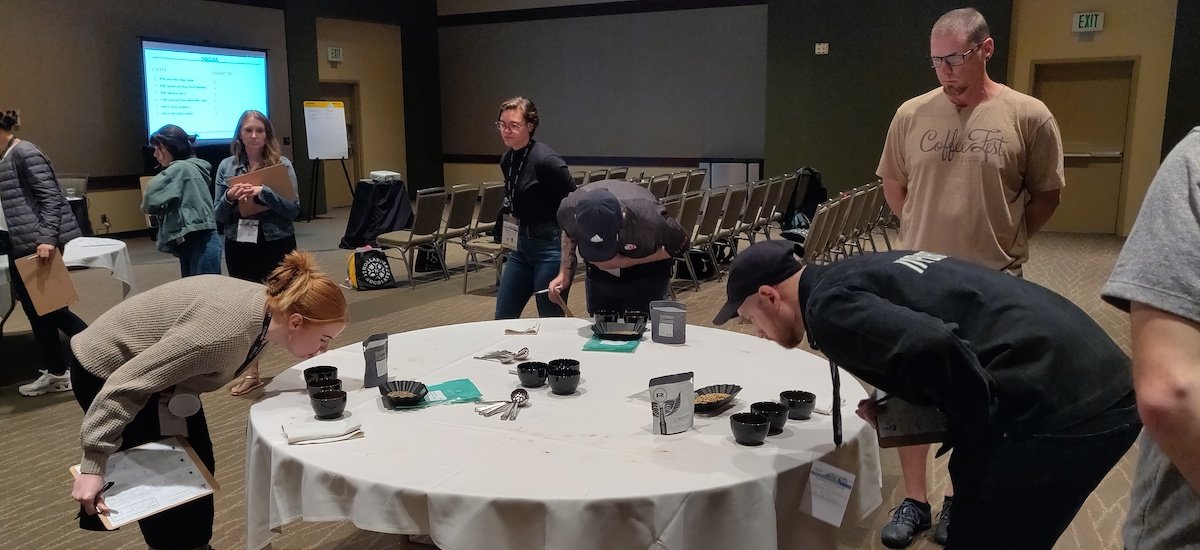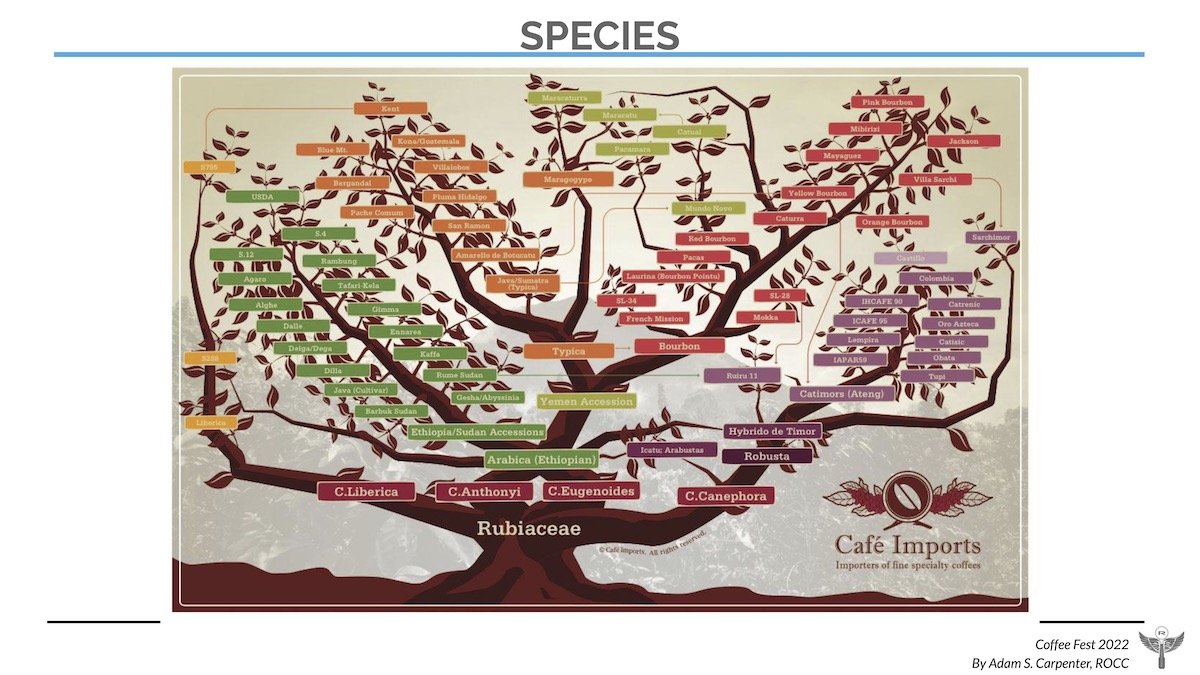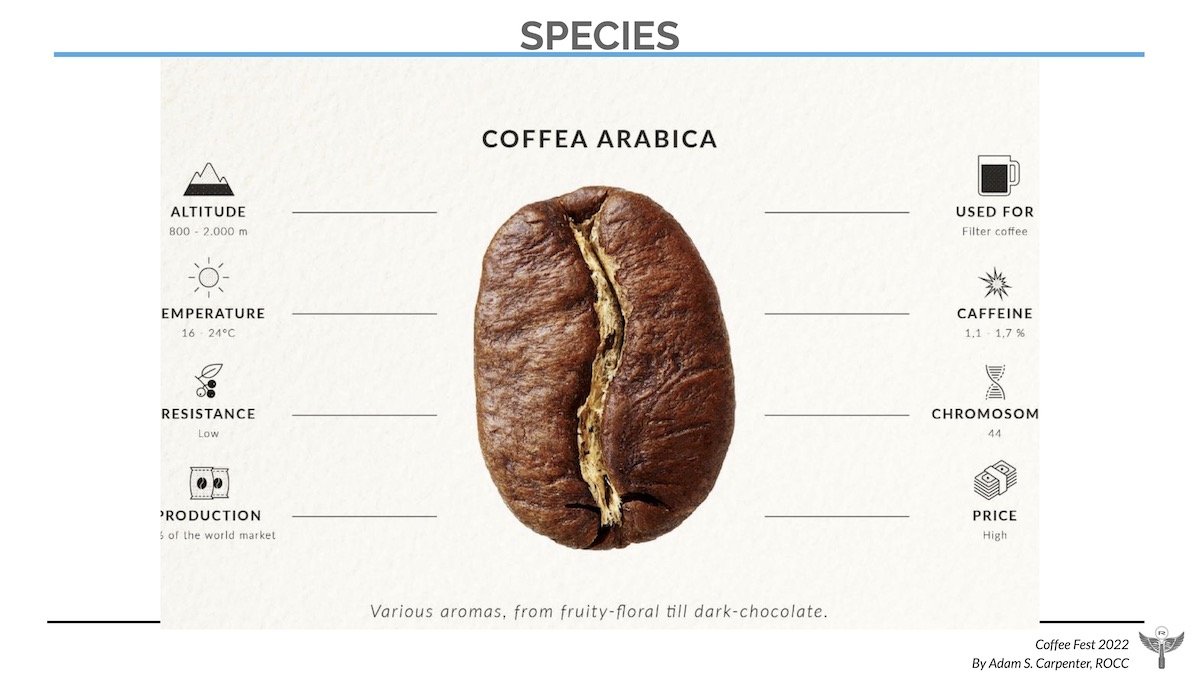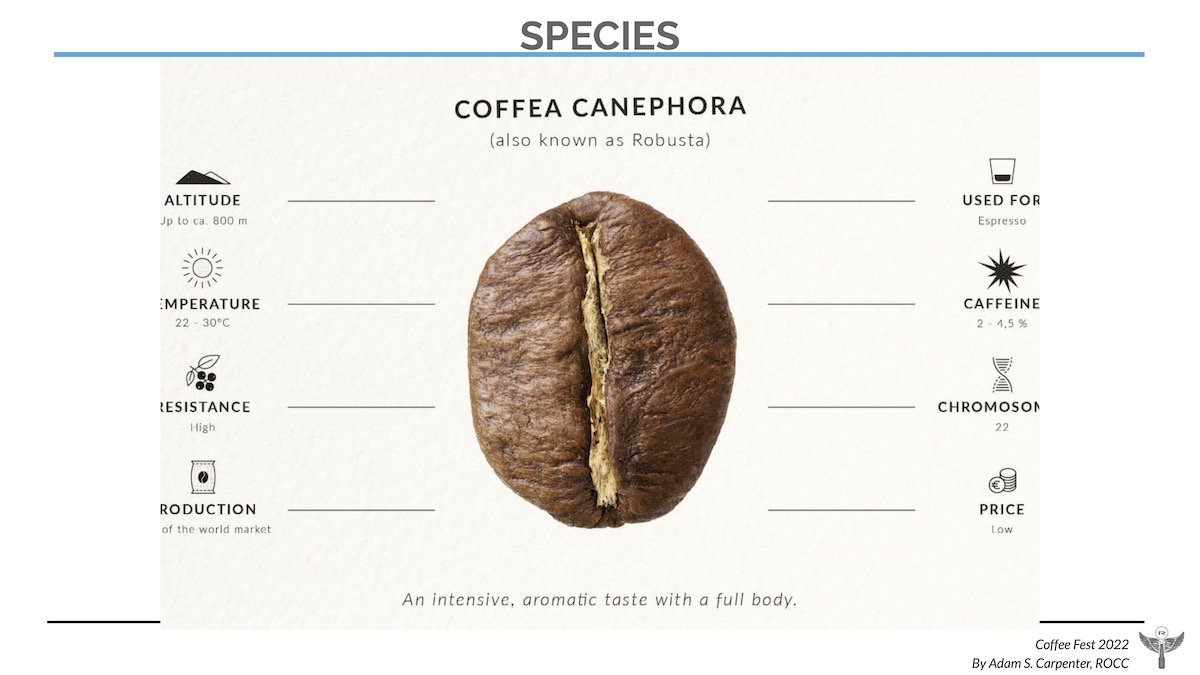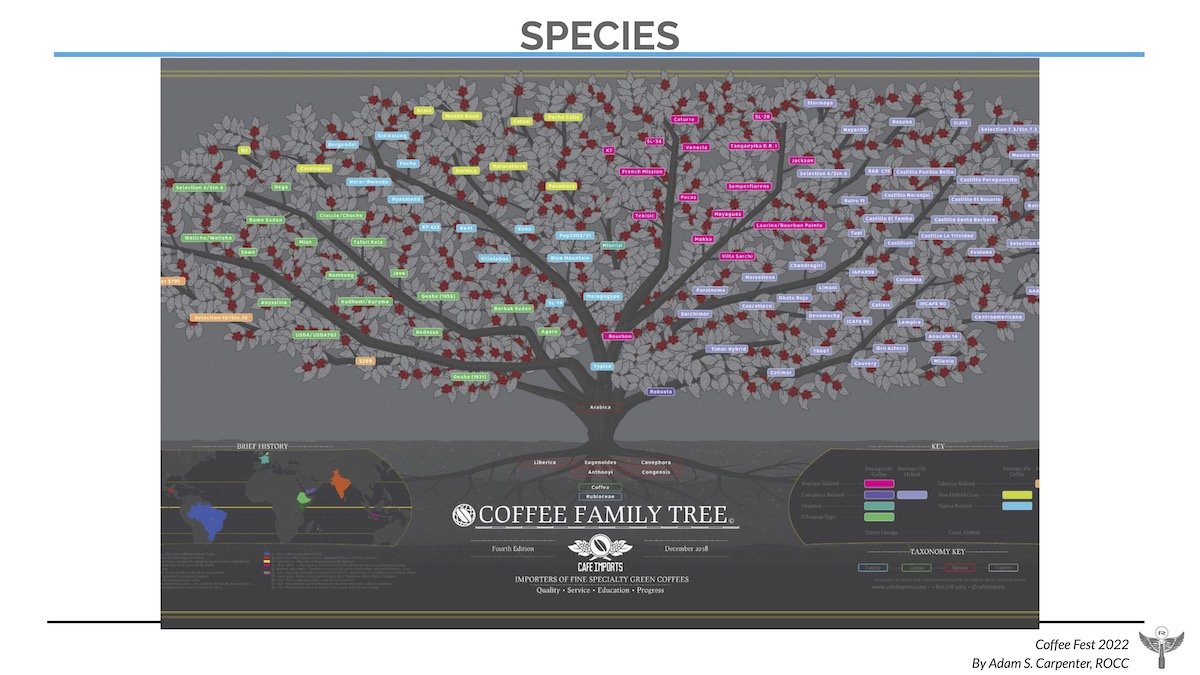This is the 2nd part in our series on the Coffee Value Assessment by the Specialty Coffee Association, complete with resources and links for you to learn, download, practice and provide your feedback.
Source Links for the Coffee Value Assessment CVA by the Specialty Coffee Association SCA.
Introducing the CVA: https://sca.coffee/value-assessment
Download and Read about the CVA: PDF CVA Full Link
Printer friendly version of the CVA: PDF CVA Printable Link
Physical Affective Form CVA: PDF CVA Physical Affective Link
The Value of Specialty Coffee Cuppers: PDF SCA Perspectives Roles Professional Competencies
Descriptive Form CVA: PDF CVA Descriptive Link
SCA White Paper: PDF Towards a Definition of Specialty Coffee
CVA SCA White Paper “Towards a Definition of Specialty Coffee” https://sca.coffee/sca-news/just-released-new-sca-white-paper-towards-a-definition-of-specialty-coffee
CVA SCA White Paper “The Value of Specialty Coffee Cuppers” https://sca.coffee/sca-news/just-released-the-value-of-specialty-coffee-cuppers-sca-white-paper
SCA YouTube Playlist on “Theory of the SCA Coffee Value Assessment” https://youtube.com/playlist?list=PLZ5Na-9NWGIrHQ8M4H9_i_5lDZnTvcUAe&si=hF1FY_oeTOGlKrVb
Re’co Specialty Coffee Symposium article by Peter Giuliano “The Power of the Extrinsic” https://sca.coffee/sca-news/watch/video/the-power-of-the-extrinsic
Understanding Value in Coffee from the Green Coffee Summit 2022 YouTube Recording: https://youtu.be/eq_XkGqJdIo?si=ASomY1eXP4ThTnIv
SCA Article 25 Magazine Issue 18 “How Do Cuppers Cup?” https://sca.coffee/sca-news/25/issue-18/how-do-cuppers-cup-evaluating-and-evolving-elements-of-the-sca-cupping-protocol
SCA Article 25 Magazine Issue 18 “All in the Mind: How External Cues Impact Brain Activity and Preference” https://sca.coffee/sca-news/25/issue-18/all-in-the-mind-how-external-cues-impact-brain-activity-and-preference
SCA Article 25 Magazine Issue 19 “From Value to Values: Determining the Worth of Coffee” https://sca.coffee/sca-news/25/issue-19/from-value-to-values-determining-the-worth-of-coffee

